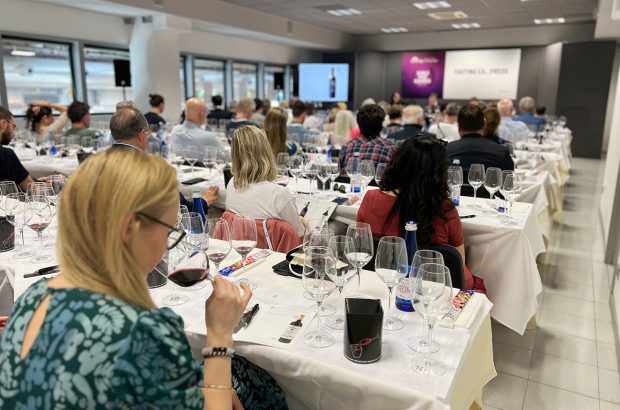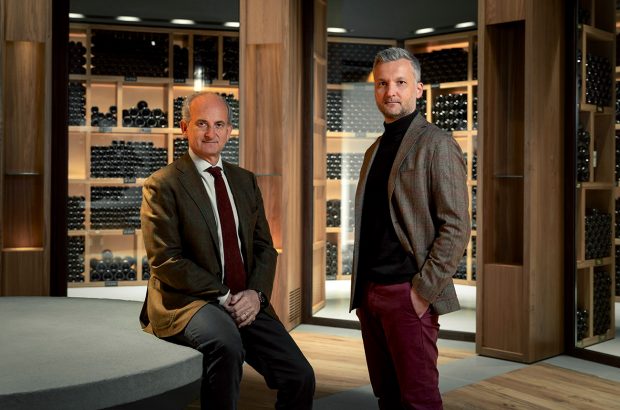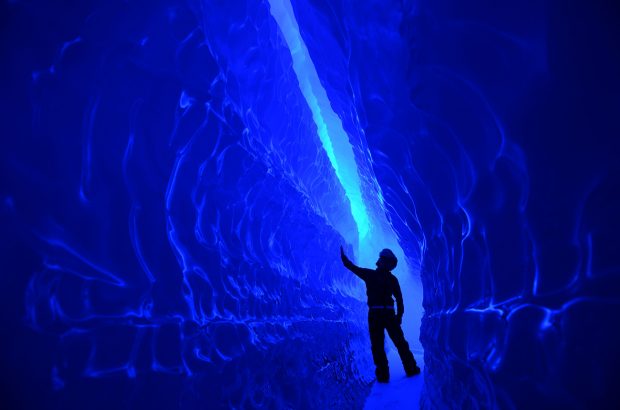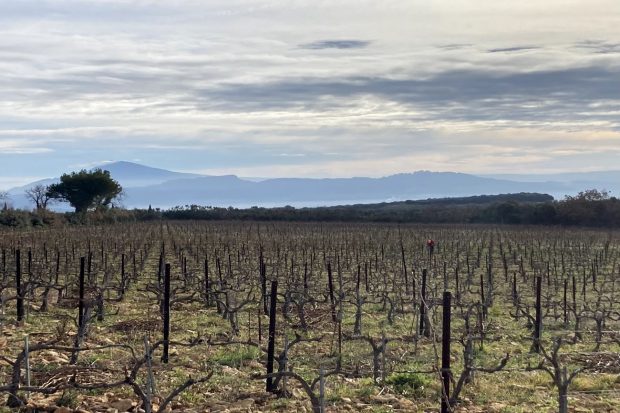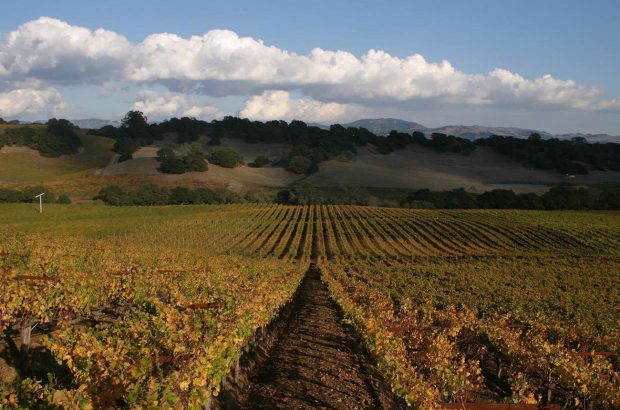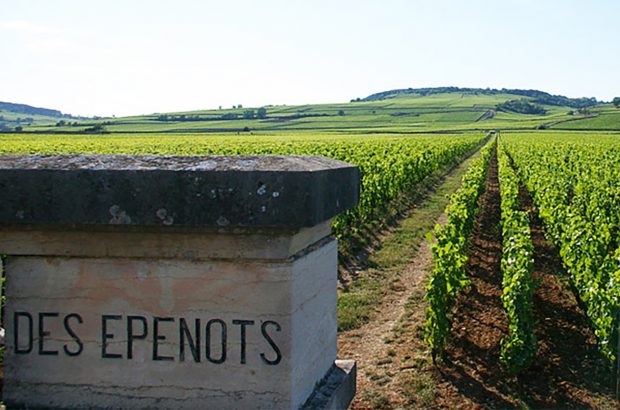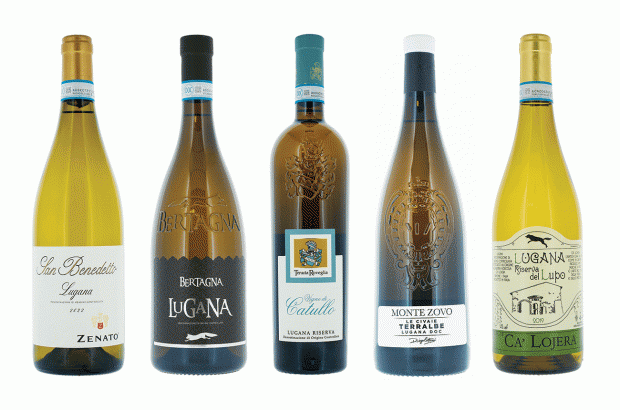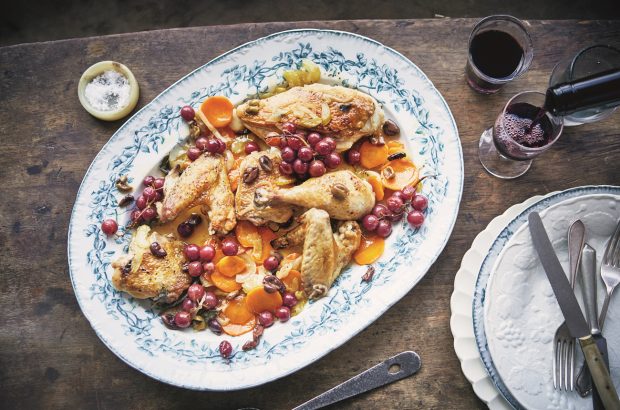- Whereas Napa quickly attached itself firmly to Cabernet, Sonoma has made its way with Chardonnay.
- The 1989 ‘harvest from hell’ made growers look more closely at their viticultural practices.
- It is still not uncommon to find the alcohol in Sonoma Chardonnays notching up 14 degrees or more.
- ‘Oak is like sex – it sells!’
It was 8.15 on a Saturday morning and I was holed-up at a conference in Sonoma at the start of a seminar on Chardonnay. It came as something of a rude awakening when someone suddenly exclaimed: ‘I want you all to taste the wines naked.’ It was a waggish way of saying ‘without preconceptions,’ and in my case it wasn’t going to be difficult as my exposure to Sonoma was almost non-existent. Whereas neighbouring Napa is relatively easy to grasp – the valley and the river provide a clear geographical focus – Sonoma County is twice the size and much more disparate. It sprawls inland from the mudflats of San Pablo Bay up the Sonoma River spilling over into the Alexander, Russian River and Dry Creek valleys and over to the Pacific Coast. Sonoma’s wine industry also lacks something of Napa’s historical weight. Apart from Korbel, Simi and Sebastiani, few Sonoma wine producers can trace their history back before the dark years of Prohibition.
Until as recently as the 1970s, the fruits of Sonoma’s fertile soils were apples, pears, walnuts and prunes rather than grapes and wine. Many of today’s leading Sonoma winemakers must therefore have approached the region ‘naked’, with few of the preconceptions of those in Napa. In the 1960s, the undistinguished Colombard was the principal white grape variety, with some gnarled old Carignan and Zinfandel for company. The great majority of Sonoma fruit made its way into anonymous bulk wine. But over the last three decades a new wave of wine producers has brought an international stardom to Sonoma that rivals that of Napa. Whereas Napa quickly attached itself firmly to Cabernet, Sonoma has made its way with Chardonnay.
The rise of Sonoma Chardonnay has been remarkable. In the early 1960s Chardonnay barely registered on the list of California grape varieties, with less than 121 hectares (ha) in the entire state. Less than 40 years later there are 5,263ha of Chardonnay in Sonoma alone, making it the county’s most planted variety. Since the likes of James Zellerbach of Hanzel and Richard Arrowood of Château St Jean pioneered Sonoma Chardonnay in the 1960s and 1970s the grape and the wines have undergone a dramatic metamorphosis. Many of the early Chardonnays were produced under the principle of bigger means better. As Napa’s Janet Trefethen recalls: ‘In 1973 we made a wine with an alcohol of 16.2 degrees!’
The wines were rich, oaky, brash and in-your-face, with both winemakers and the nascent American wine press equating power with quality. This was partly a matter of climate. With so little to go on, the early Chardonnay vineyards were often in the wrong locations, like the Alexander Valley, the warmest part of Sonoma County. Napa tends to be warmer still and there is a school of thought, such as that expressed at my early morning seminar by James Allen of Sequoia Grove, that ‘Chardonnay probably doesn’t belong in Napa’. Conversely, as Chardonnay captured the imagination of American wine drinkers, there was also the problem of over-cropping, with vineyards spreading down from the hills on to the deep loams of the valley floor. By the mid-1980s Sonoma Chardonnay, like Napa’s, seemed to be all or nothing with little in terms of balance or finesse in between.
With the benefit of hindsight and an ability to stand back from the local scene, Daryl Groom, the Australian winemaker at Geyser Peak in the Alexander Valley, identifies two key turning points in the evolution of Sonoma Chardonnay. Firstly, the 1989 ‘harvest from hell’ made growers look more closely at their viticultural practices, causing them to check their ever increasing yields. Then the phylloxera crisis of the early 1990s stopped producers in their tracks and provided the opportunity to take stock of the local terroir. ‘It helped Chardonnay to change by 180?,’ says Groom.
It is widely held that the 1990s are the age of enlightenment for Sonoma Chardonnay with a move off the valley floor and back up to lower yielding hillside vineyards. These new post-phylloxera vineyards have also been planted at higher densities, leading to lower yield per vine and, therefore, better fruit quality. Added to this, rootstocks and clones have been re-assessed with the aim of making Sonoma Chardonnay more site specific. Distinctive styles of wine are now beginning to emerge from Sonoma’s diverse AVAs (see below).
Winemaking techniques have also undergone a similar volte-face. Recently there has been a move to much more gentle handing. Whole-cluster pressing is in and skin contact (long advocated by the gurus at UC Davis) is now out. Barrel fermentation (at slightly higher temperatures) is helping to achieve much greater integration of fruit and oak with, at least, partial malolactic fermentation adding to the overall ‘mouth-feel’ and complexity. Although alcohol levels have fallen, it is still not uncommon to find Sonoma Chardonnays notching up 14 degrees or more. Some producers de-alcoholise a portion of their wine in order to redress the balance. Others prefer to leave an infuriatingly cloying amount of residual sugar.
In spite of a certain disrespect for edicts from UC Davis (it was they who recommended the disastrously phylloxera-prone AxR1 rootstock), winemaking in Sonoma is still pretty much by the book.
There is evidence of a Californian instinct to ‘clean up’ Chardonnay must to the greatest possible extent before fermentation to avoid ensuing complications or resulting off-aromas and flavours. There is, however, a place for so called ‘dirty winemaking’, using oxidative handling, more solids and greater reliance on wild yeasts as a means of creating wines with more complexity. Although this is not appropriate for every drop of Sonoma Chardonnay, there is every reason to apply these techniques to some of the reserve wines which, with their near uniform approach to barrel fermentation and extended ageing in oak, end up tasting monotonously similar. One or two producers have turned their back on oak altogether, yet David Stare of Dry Creek Vineyard commented: ‘With expensive wines, Americans expect oak.’ Rodney Strong’s winemaker, Rick Sayre, went further adding ‘oak is like sex – it sells!’ With so much dressed up in new oak, maybe we are not quite ready for ‘naked’ wine.
Around Sonoma’s AVAs
Alexander Valley
This fertile valley, some 32km or so long, extends from the town of Healdsburg to the border with Mendocino County. It is the warmest part of Sonoma and there has been a gradual move away from Chardonnay towards Cabernet Sauvignon. Nonetheless, some excellent Chardonnays are produced here, especially from hillside vineyards where yields are lower.
Château St Jean has long sourced its white grapes from the area. Katie Wetzel-Murphy of Alexander Vineyards makes a pair of beautifully restrained Chardonnays from estate-grown fruit. Her fine, focused 1997 just teeters under 14 degrees alcohol. The Reserve verges on the exotic with a hint of Chinese spice. Clos du Bois’ Sonoma County Chardonnay (made from fruit sourced throughout the county) is one of the best selling Chardonnays in the United States but its Calcaire Chardonnay, made from Alexander Valley fruit, is characteristically hefty and multi-dimensional with a touch of tropical fruit. Geyser Peak’s Alexander Valley Reserve has an even greater tropical proportion backed by toasty French and American oak.
Knights Valley
On the brink of Napa County, this small, high valley has hot daytime temperatures tempered by cool nights. Sir Peter Michael has planted Chardonnay at about 540m which ripens some three weeks later than on the valley floor. Dry Creek Vineyard (see below) also source a small quantity of fruit here.
Dry Creek Valley
This narrow valley in the north of Sonoma County runs parallel to the Alexander Valley. It is marginally cooler than its neighbour and Cabernet Sauvignon sometimes has a problem in ripening. The southern part of Dry Creek is best suited to Chardonnay and it is here Jeff McBride of Dry Creek Vineyards produces some of the most well-rounded Sonoma Chardonnays by blending in fruit from the Alexander Valley and Russian River. The Taylor’s Vineyard is pure Dry Creek: rich, ripe concentration matched by crisp acidity.
Chalk Hill
Just to the east of the sprawling town of Windsor, Chalk Hill derives its name from the whiteness of the soil. It is, in fact, volcanic ash rather than chalk, that helps to keep a check on yields and makes this
natural Chardonnay territory. Slightly cooler than Alexander Valley, but not fog-bound like Carneros, Chalk Hill is largely the preserve of Fred Furth who first planted Chardonnay here in the early 1970s, predicting its ‘sweetheart’ status in Sonoma. Almost Burgundian on the nose, Chalk Hill Vineyards Chardonnay combines taut citrus fruit with more than a hint of the sub-tropical, peach-like character of Alexander Valley. It is, without doubt, one of Sonoma’s most satisfying Chardonnays. In contrast, Rodney Strong’s Chalk Hill Reserve is all hazelnut and wholegrain toast from 14 months in French oak.
Russian River Valley
The largest and best-known AVA in Sonoma, the Russian River Valley has become prime Chardonnay country. The soils close to the river are rich and alluvial, producing higher yields than deep, well-drained gravels that form gentle slopes. The climate is distinctly cool when compared with the AVAs to the north. The summer of 1999 was especially cool with the cloud cover remaining late in the day until being burnt off by the sun. Sonoma’s most famous names all have a presence here: Sonoma-Cutrer, Korbel, Gallo, Marimar Torres, Geyser Peak and Château St Jean. Rodney Strong’s pure, zesty Sonoma County Chardonnay is mostly Russian River, as are the wines of De Loach. The estate-grown Olivet Ranch Chardonnay from De Loach is beautifully taut and restrained with a hint of lemon grass over rich multi-dimensional fruit. Toad Hollow, owned and run by Todd Williams (brother of comedy actor, Robin Williams), takes this a stage further by eschewing the use of oak altogether.
Sonoma Valley
This is the southernmost AVA, wholly in Sonoma County. The south is cool and becomes rapidly warmer as you reach the neighbourhood of Kenwood and the outskirts of Santa Rosa in the north. Chardonnay tends to fare best in the southern reaches of the valley, where the legendary Kistler sources some of its best fruit. In search of balance the Kenwood winery blends fruit from the local area with cooler Russian River and Carneros. I found their Kenwood Reserve, from fruit grown in the Sonoma Valley, to be too fat and unctuous. Landmark Vineyards based at Kenwood in the northern reaches of Sonoma Valley strikes even further afield, bringing in fruit from the Russian River, Alexander Valley and Carneros as well as Santa Maria and Monterey south of San Francisco to complement Sonoma Valley fruit. This multi-terroir approach is best expressed in the striking Damaris Reserve Chardonnay where broad, buttery richness is offset by crisp acidity. But Landmark’s finest wine is the site-specific Lorenzo Chardonnay from the Russian River. Its ripe texture and concentration balanced by steely acidity confirms Russian River’s pre-eminence for Sonoma Chardonnay.





